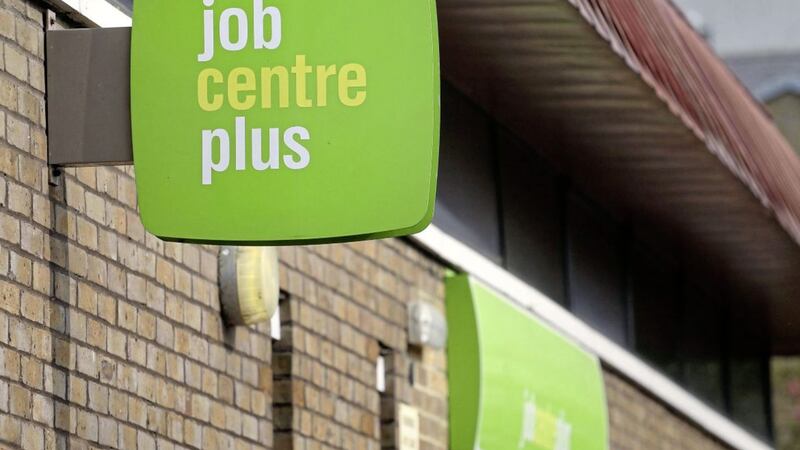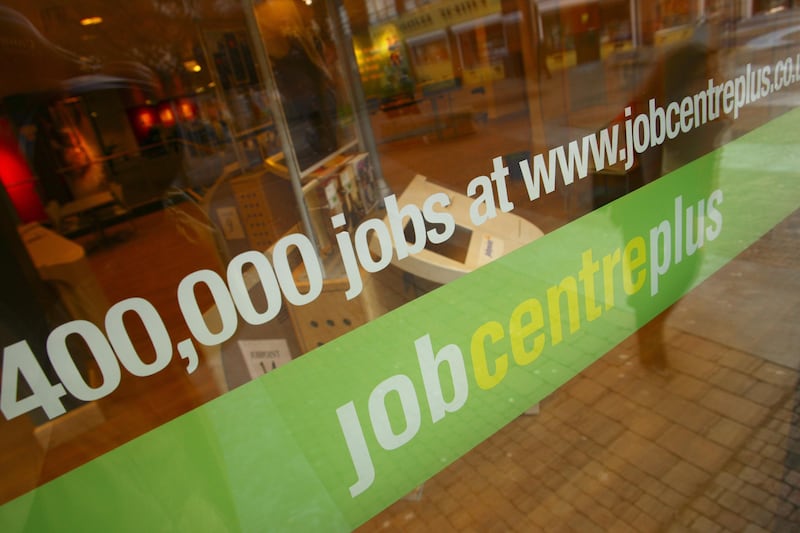THE Northern Ireland unemployment rate has fallen to its lowest rate for almost nine years according to the latest industry figures.
The official government statistics show the unemployment rate for the period February to April 2017 was 5.4 per cent, 0.3 percentage points down on the previous and the same over the year.
The rate is above the UK average of 4.6 per cent, but remains below the Republic of Ireland rate (6.4 per cent) for March and the overall European Union levels (eight per cent).
At 5.4 per cent the unemployment rate for the most recent quarter is the lowest rate since August to October 2008 and continues the gradual decline in the unemployment rate recorded over recent years. This is also reflected in the claimant count series, which has fallen by 33,500 since its most recent peak in February 2013.
The drop in unemployment though is offset by a fall in the numbers of those in employment,while economic inactivity has also increased.
In the last quarter the employment rate sat at 68.8 per cent, a fall of 0.5 per cent on the previous quarter and one per cent over the year. Meanwhile the number of people not in employment, or who have not been seeking work increased to 27.2 per cent, a jump of 0.8 per cent over the quarter and 1.4 per cent over the year.
The falling employment rate is also reflected in the quarterly decrease in the total number of employee jobs (covering both public and private sector).
Private sector employee jobs have grown over both the quarter and year, which is now at a series high (545,560 jobs). However there is some evidence that the annual growth in private sector jobs is slowing (from 19,250 over the year to June 2016 to 12,170 over the year to March 2017).
The growth in private sector jobs is also reflected in continuing growth over the year in private sector output. The slight quarterly fall in production sector output was from a series high in the previous quarter and Service sector output is at its highest since Q3 2008.
Growth over the year was broadly based across all sectors, with transport and communication faring particularly well.
Over the longer term Northern Ireland's manufacturing sector recovery is keeping pace with that of the UK, while the service sector continues to lag behind.
Across the figures show UK employment has reached a record high, but pay continues to fall behind inflation.
Almost 32 million people are in work - 372,000 more than a year ago and the highest total since records began in 1971.
Unemployment fell by 50,000 in the quarter to April to 1.53 million, the lowest for more than a decade.








